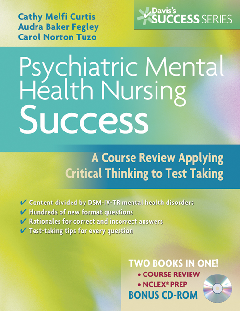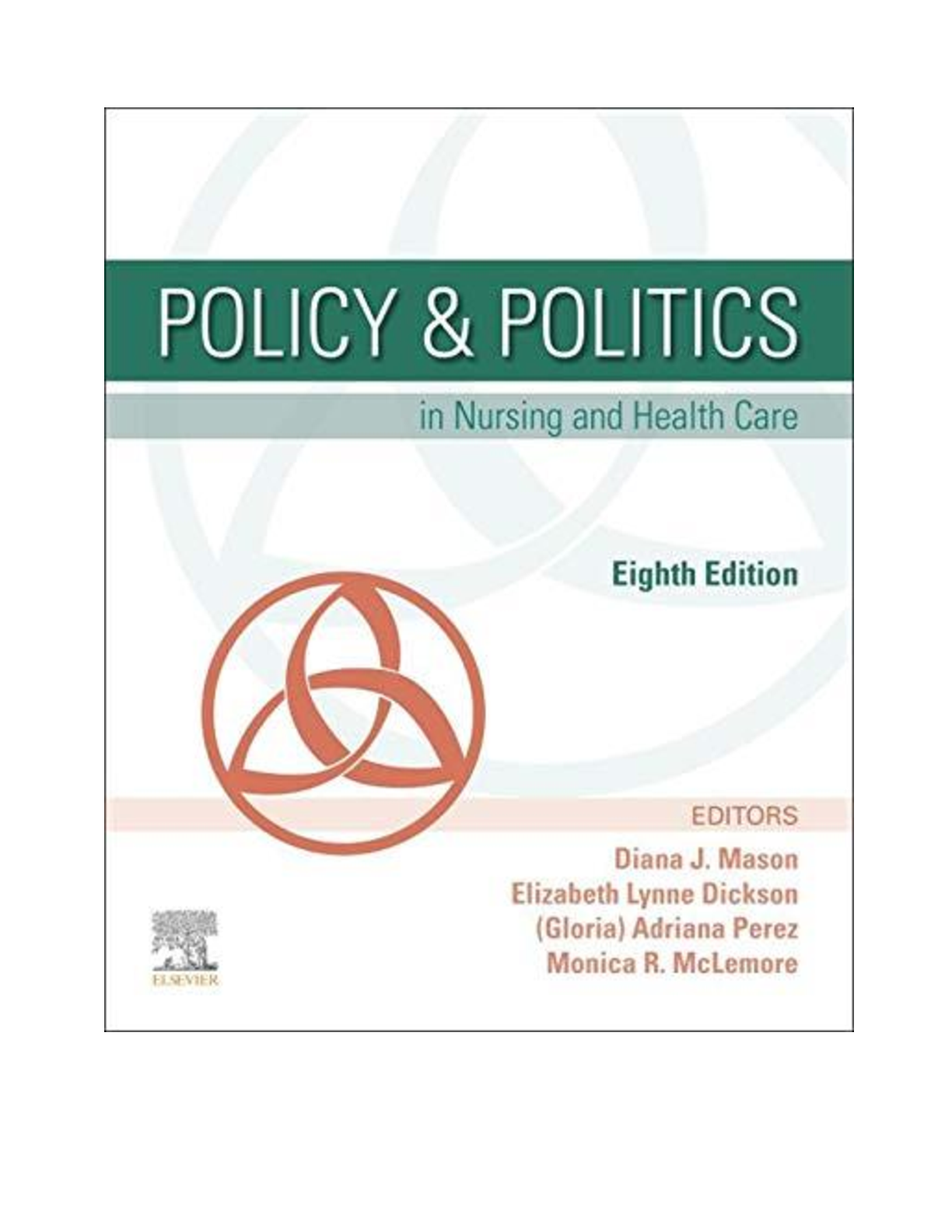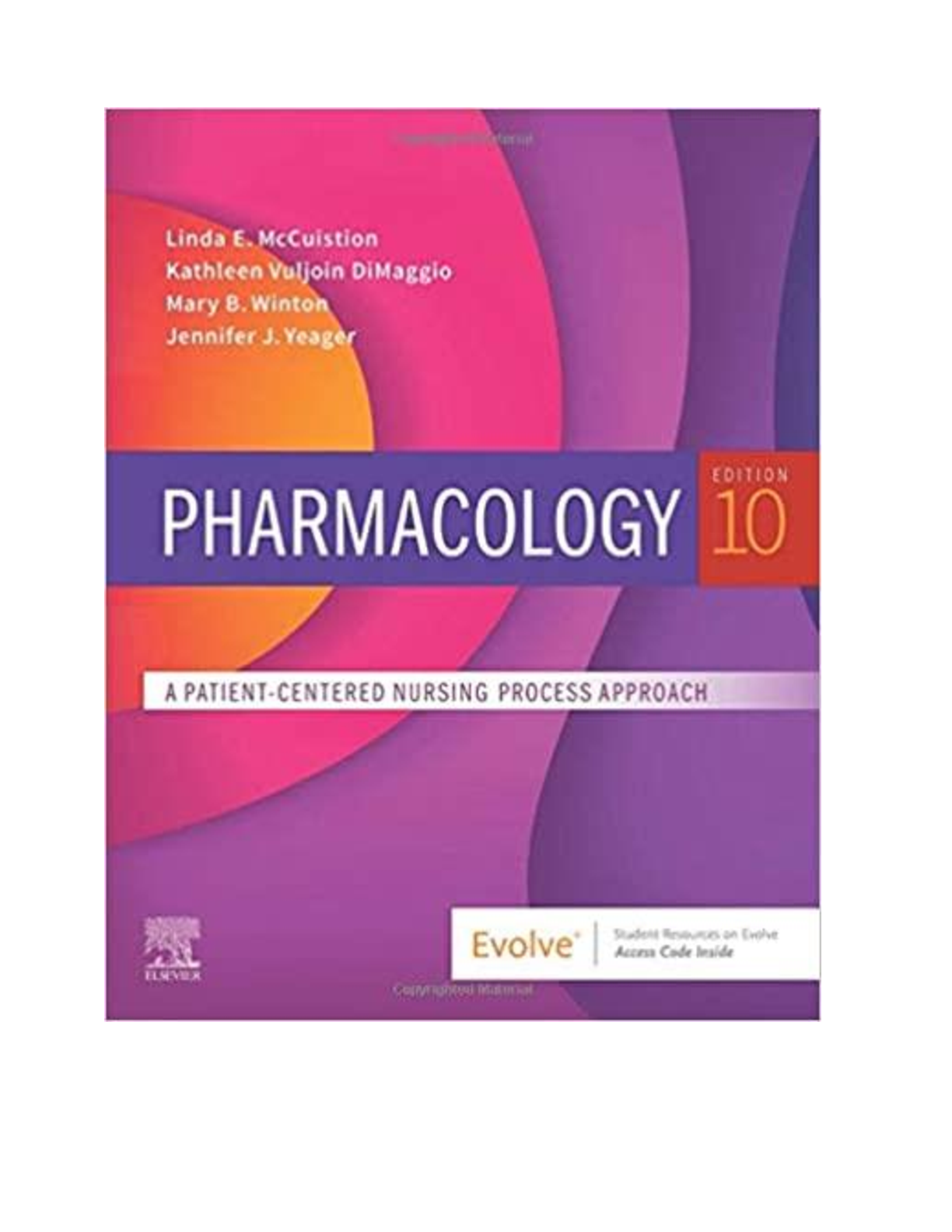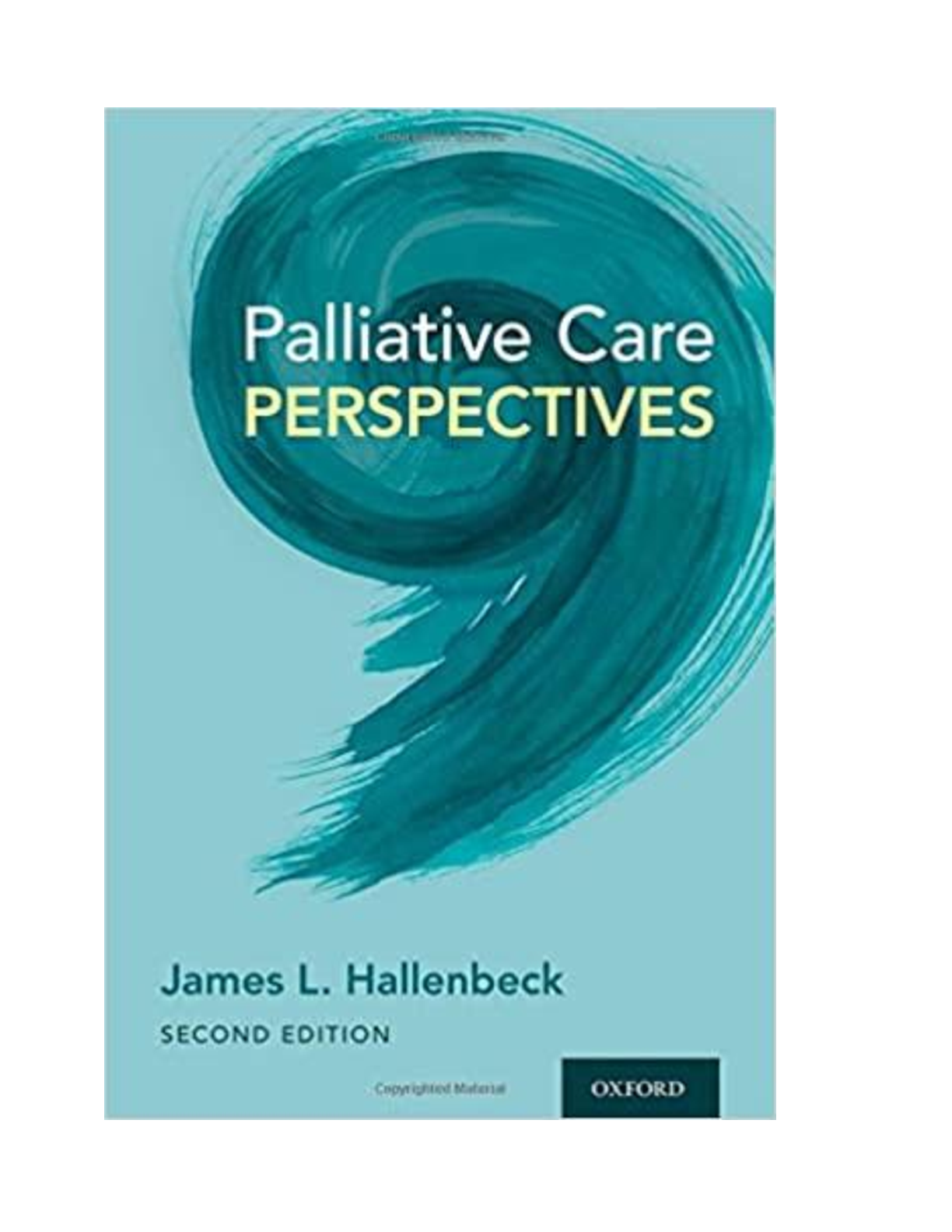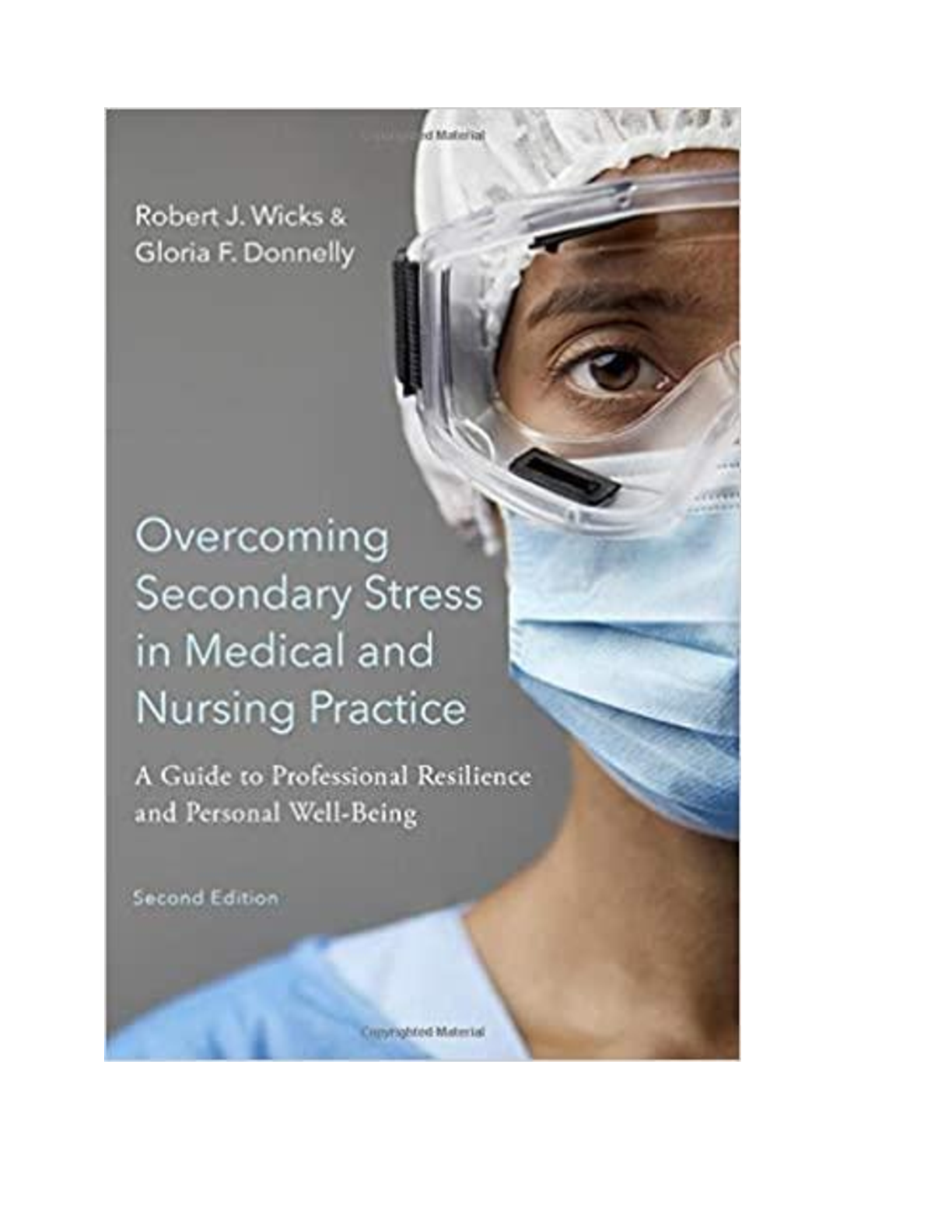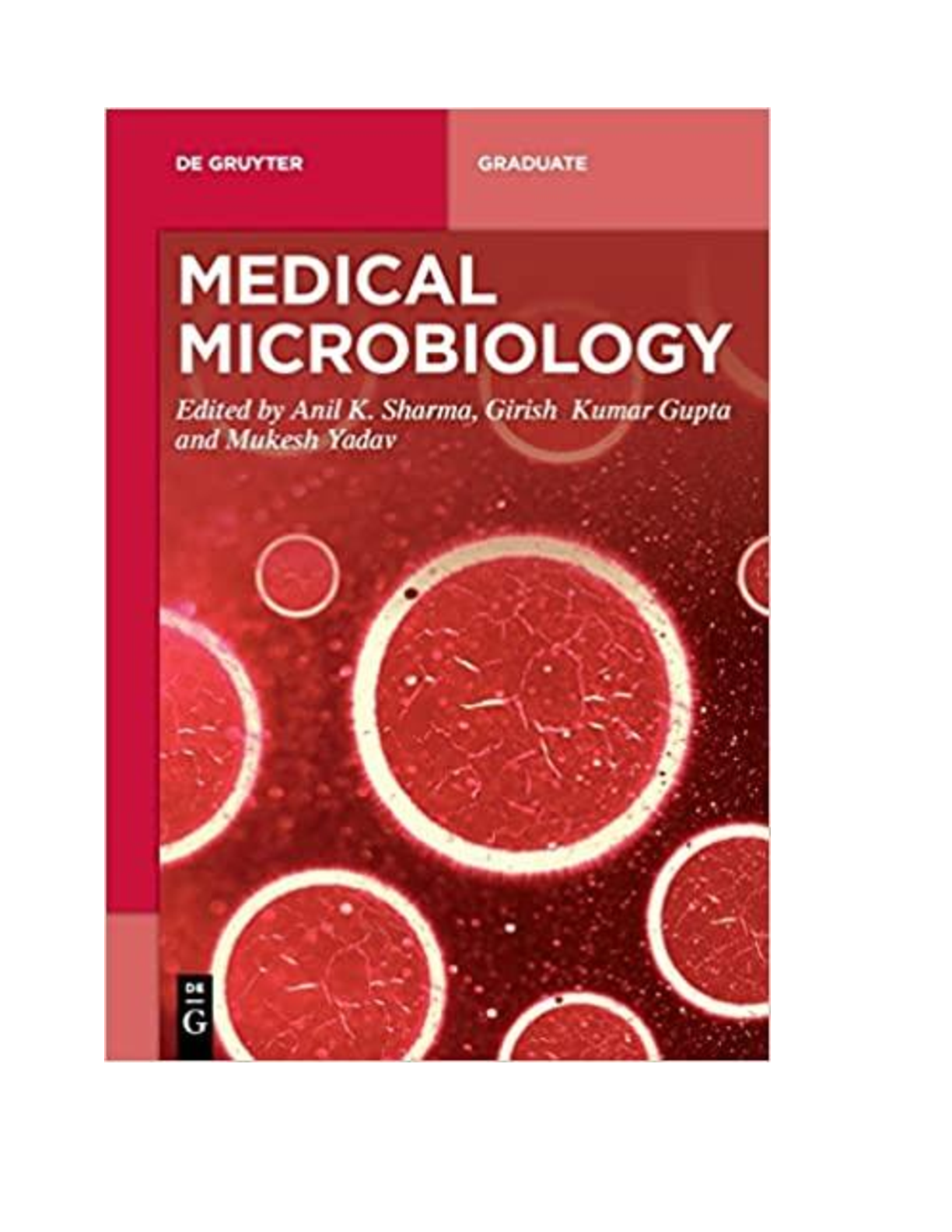*NURSING > eBook-PDF > Psychiatric Mental Health Nursing Success. A Q& A Review Applying Critical Thinking to Test Taking. (All)
Psychiatric Mental Health Nursing Success. A Q& A Review Applying Critical Thinking to Test Taking. NCLEX XAM PREP. Third EdiTion by Curthy Curtis & Audra Baker
Document Content and Description Below
Contents. A Fundamentals of Critical Thinking Related to Test Taking Introduction 1 INTRODUCTION 1 Definition of Critical Thinking 1 MAXIMIZE YOUR CRITICAL-THINKING ABILITIES 1 Be Positive: Yo... u Can Do It! 1 Overcome Barriers to a Positive Mental Attitude 2 Be Reflective: You Need to Take One Step Backward Before Taking Two Steps Forward! 2 Overcome Barriers to Effective Reflection 4 Be Inquisitive: If You Don’t Go There, You’ll Never Get Anywhere! 5 Overcome Barriers to Being Inquisitive 6 Be Creative: You Must Think Outside the Box! 7 Overcome Barriers to Creativity 7 CRITICAL THINKING APPLIED TO TEST TAKING 8 Educational Domains 8 Components of a Multiple-Choice Question 8 Cognitive Levels of Nursing Questions 9 CRITICAL-THINKING STRATEGY TO ANSWER MULTIPLE-CHOICE QUESTIONS: THE RACE MODEL 9 Knowledge Questions: Remember Information! 9 Cognitive Requirements 9 Use a Critical-Thinking Strategy to Answer Knowledge-Level Questions 11 Comprehension Questions: Understand Information! 11 Cognitive Requirements 11 Use a Critical-Thinking Strategy to Answer Comprehension-Level Questions 12 Application Questions: Use Information! 13 Cognitive Requirements 13 Use a Critical-Thinking Strategy to Answer Application-Level Questions 13 Analysis Questions: Scrutinize Information! 14 Cognitive Requirements 14 Use a Critical-Thinking Strategy to Answer Analysis-Level Questions 15 SUMMARY 15 B Basic Concepts in Psychiatric Mental Health Nursing 1 Mental Health/Mental Illness: Theoretical Concepts 17 KEYWORDS 17 QUESTIONS 18 Major Theoretical Models 18 Biological Implications 21 Diagnostic and Statistical Manual of Mental Disorders, Fifth Edition (DSM-5) 22 ANSWERS AND RATIONALES 23 Major Theoretical Models 23 Biological Implications 30 Diagnostic and Statistical Manual of Mental Disorders, Fifth Edition (DSM-5) 32 Contents viii Contents 2 Psychiatric Nursing 35 KEYWORDS 35 QUESTIONS 36 Mental Health Nursing 36 Role of the Nurse 37 Nursing Process 38 Nurse-Client Relationship 40 Transference/Countertransference 42 ANSWERS AND RATIONALES 44 Mental Health Nursing 44 Role of the Nurse 46 Nursing Process 48 Nurse-Client Relationship 51 Transference/Countertransference 55 3 Communication 59 KEYWORDS 59 QUESTIONS 60 Therapeutic Communication Facilitators 60 Blocks to Therapeutic Communication 62 Therapeutic Communication Interventions 63 Nonverbal Communication 65 Cultural Considerations 66 ANSWERS AND RATIONALES 69 Therapeutic Communication Facilitators 69 Blocks to Therapeutic Communication 73 Therapeutic Communication Interventions 74 Nonverbal Communication 78 Cultural Considerations 80 4 Legal and Ethical Considerations 85 KEYWORDS 85 QUESTIONS 85 Legal and Ethical Concepts 85 Safety Issues 86 Client Rights 86 Voluntary and Involuntary Commitment 87 Confidentiality 88 Potential Liability 89 Advance Directives 89 ANSWERS AND RATIONALES 90 Legal and Ethical Concepts 90 Safety Issues 91 Client Rights 92 Voluntary and Involuntary Commitment 93 Confidentiality 94 Potential Liability 95 Advance Directives 96 C Management of Care for Individuals With Psychiatric Disorders 5 Stress Adaptation, Trauma, and Related Disorders 97 KEYWORDS 97 QUESTIONS 98 Theory 98 Ego Defense Mechanisms 99 Contents ix Nursing Process—Assessment 101 Nursing Process—Diagnosis 102 Nursing Process—Planning 103 Nursing Process—Implementation 104 Nursing Process—Evaluation 105 Psychopharmacology 106 ANSWERS AND RATIONALES 107 Theory 107 Ego Defense Mechanisms 109 Nursing Process—Assessment 112 Nursing Process—Diagnosis 115 Nursing Process—Planning 117 Nursing Process—Implementation 117 Nursing Process—Evaluation 120 Psychopharmacology 121 6 Anxiety, Obessessive-Compulsive, and Related Disorders, Issues Related to Sexuality 123 KEYWORDS 123 QUESTIONS 123 Theory 123 Defense Mechanisms 124 Nursing Process—Assessment 124 Nursing Process—Diagnosis 127 Nursing Process—Planning 127 Nursing Process—Implementation 129 Nursing Process—Evaluation 130 Psychopharmacology 130 ANSWERS AND RATIONALES 133 Theory 133 Defense Mechanisms 134 Nursing Process—Assessment 134 Nursing Process—Diagnosis 138 Nursing Process—Planning 139 Nursing Process—Implementation 141 Nursing Process—Evaluation 144 Psychopharmacology 144 7 Depressive Disorders and the Suicidal Client 149 KEYWORDS 149 QUESTIONS 149 Theory 149 Nursing Process—Assessment 150 Nursing Process—Diagnosis 151 Nursing Process—Planning 152 Nursing Process—Implementation 152 Nursing Process—Evaluation 153 Psychopharmacology 153 ANSWERS AND RATIONALES 156 Theory 156 Nursing Process—Assessment 157 Nursing Process—Diagnosis 160 Nursing Process—Planning 161 Nursing Process—Implementation 162 Nursing Process—Evaluation 164 Psychopharmacology 165 x Contents 8 Bipolar and Related Disorders 171 KEYWORDS 171 QUESTIONS 171 Theory 171 Nursing Process—Assessment 171 Nursing Process—Diagnosis 172 Nursing Process—Planning 172 Nursing Process—Implementation 173 Nursing Process—Evaluation 174 Psychopharmacology 174 ANSWERS AND RATIONALES 177 Theory 177 Nursing Process—Assessment 177 Nursing Process—Diagnosis 178 Nursing Process—Planning 178 Nursing Process—Implementation 179 Nursing Process—Evaluation 181 Psychopharmacology 182 9 Substance-Related and Addictive Disorders 187 KEYWORDS 187 QUESTIONS 188 Theory 188 Defense Mechanisms 188 Nursing Process—Assessment 189 Nursing Process—Diagnosis 192 Nursing Process—Planning 193 Nursing Process—Implementation 193 Nursing Process—Evaluation 194 Psychopharmacology 195 ANSWERS AND RATIONALES 197 Theory 197 Defense Mechanisms 198 Nursing Process—Assessment 199 Nursing Process—Diagnosis 206 Nursing Process—Planning 207 Nursing Process—Implementation 208 Nursing Process—Evaluation 210 Psychopharmacology 211 10 Schizophrenia Spectrum and Other Psychotic Disorders 215 KEYWORDS 215 QUESTIONS 216 Theory 216 Nursing Process—Assessment 216 Nursing Process—Diagnosis 219 Nursing Process—Planning 220 Nursing Process—Implementation 220 Nursing Process—Evaluation 222 Psychopharmacology 222 ANSWERS AND RATIONALES 226 Theory 226 Nursing Process—Assessment 227 Nursing Process—Diagnosis 233 Nursing Process—Planning 235 Nursing Process—Implementation 237 Nursing Process—Evaluation 239 Psychopharmacology 240 Contents xi 11 Personality Disorders and Impulse Control Disorders 247 KEYWORDS 247 QUESTIONS 247 Theory 247 Defense Mechanisms 248 Nursing Process—Assessment 248 Nursing Process—Diagnosis 250 Nursing Process—Planning 251 Nursing Process—Implementation 252 Nursing Process—Evaluation 253 Psychopharmacology 254 ANSWERS AND RATIONALES 255 Theory 255 Defense Mechanisms 256 Nursing Process—Assessment 256 Nursing Process—Diagnosis 262 Nursing Process—Planning 263 Nursing Process—Implementation 265 Nursing Process—Evaluation 267 Psychopharmacology 268 12 Somatic Symptom and Dissociative Disorders 271 KEYWORDS 271 QUESTIONS 271 Theory 271 Nursing Process—Assessment 272 Nursing Process—Diagnosis 273 Nursing Process—Planning 273 Nursing Process—Implementation 274 Nursing Process—Evaluation 275 Psychopharmacology 276 ANSWERS AND RATIONALES 277 Theory 277 Nursing Process—Assessment 278 Nursing Process—Diagnosis 280 Nursing Process—Planning 282 Nursing Process—Implementation 283 Nursing Process—Evaluation 284 Psychopharmacology 286 13 Neurocognitive Disorders 287 KEYWORDS 287 QUESTIONS 287 Theory 287 Nursing Process—Assessment 288 Nursing Process—Diagnosis 289 Nursing Process—Planning 289 Nursing Process—Implementation 290 Nursing Process—Evaluation 290 Psychopharmacology 291 ANSWERS AND RATIONALES 292 Theory 292 Nursing Process—Assessment 292 Nursing Process—Diagnosis 295 Nursing Process—Planning 296 Nursing Process—Implementation 296 Nursing Process—Evaluation 298 Psychopharmacology 298 xii Contents 14 Eating Disorders 299 KEYWORDS 299 QUESTIONS 299 Theory 299 Nursing Process—Assessment 300 Nursing Process—Diagnosis 301 Nursing Process—Planning 301 Nursing Process—Implementation 302 Nursing Process—Evaluation 303 Psychopharmacology 303 ANSWERS AND RATIONALES 305 Theory 305 Nursing Process—Assessment 306 Nursing Process—Diagnosis 308 Nursing Process—Planning 309 Nursing Process—Implementation 309 Nursing Process—Evaluation 312 Psychopharmacology 312 15 Children and Adolescents 315 KEYWORDS 315 QUESTIONS 315 Theory 315 Nursing Process—Assessment 316 Nursing Process—Diagnosis 317 Nursing Process—Planning 317 Nursing Process—Implementation 318 Nursing Process—Evaluation 319 Psychopharmacology 319 ANSWERS AND RATIONALES 321 Theory 321 Nursing Process—Assessment 322 Nursing Process—Diagnosis 324 Nursing Process—Planning 326 Nursing Process—Implementation 327 Nursing Process—Evaluation 329 Psychopharmacology 330 16 Comprehensive Final Examination 333 QUESTIONS 333 ANSWERS AND RATIONALES 347 Glossary of English Words Commonly Encountered on Nursing Examinations 375 Index 379 Psychiatric Mental Health Nursing Success A Q & A Review Applying Critical Thinking to Test Taking Third EdiTion 1 INTRODUCTION Definition of Critical Thinking Critical thinking is a cognitive strategy by which you reflect on and analyze your thoughts, actions, and decisions. Critical thinking often is integrated into traditional linear processes. Linear processes usually follow a straight line, with a beginning and a product at the end. Some linear-like processes, such as the nursing process, are considered cyclical because they repeat themselves. Some formal reasoning processes include: • Problem Solving—involves identifying a problem, exploring alternative interventions, implementing selected interventions, and arriving at the end product, which is a solution to the problem. • Decision Making—involves carefully reviewing significant information, using methodical reasoning, and arriving at the end product, which is a decision. • Diagnostic Reasoning—involves collecting information, correlating the collected information to standards, identifying the significance of the collected information, and arriving at the end product, which is a conclusion or nursing diagnosis. • The Scientific Method—involves identifying a problem to be investigated, collecting data, formulating a hypothesis, testing the hypothesis through experimentation, evaluating the hypothesis, and arriving at the end product, which is acceptance or rejection of the hypothesis. • The Nursing Process—involves collecting information (Assessment); determining significance of information and making a nursing diagnosis (Analysis/Diagnosis); identifying goals, expected outcomes, and planning interventions (Planning); implementing nursing interventions (Implementation/Intervention); and assessing the client’s response to interventions and comparing the actual to expected outcomes (Evaluation) ultimately to arrive at the end product of meeting a person’s needs. Each of these methods of manipulating and processing information incorporates critical thinking. They all are influenced by intellectual standards, such as being focused, methodical, deliberate, logical, relevant, accurate, precise, clear, comprehensive, creative, and reflective. It is helpful to incorporate critical thinking into whatever framework or structure works for you. MAXIMIZE YOUR CRITICAL-THINKING ABILITIES Be Positive: You Can Do It! Assuming responsibility for the care one delivers to a client and desiring a commendable grade on a nursing examination raise anxiety because a lot is at stake: to keep the client safe, Introduction Fundamentals of Critical Thinking Related to Test Taking A 2 Psychiatric Mental health nursing success to achieve a passing grade, to become a nurse ultimately, and to support one’s self-esteem. The most important skill that you can learn to help you achieve all of these goals is to be an accomplished critical thinker. We use critical-thinking skills every day in our lives when we explore, “What will I have for breakfast?” “How can I get to school from my home?” and “Where is the best place to get gas for my car?” Once you recognize that you are thinking critically already, it is more manageable to think about thinking critically. If you feel threatened by the idea of critical thinking, then you must do something positive to confront the threat. You need to be disciplined and to work at increasing your sense of control, which contributes to confidence! You can do it! OvercOMe Barriers tO a POsitive Mental attitude Supporting a positive mental attitude requires developing discipline and confidence. Discipline is defined as self-command or self-direction. The disciplined person will work in a planned manner, explore all options in an organized and logical way, check for accuracy, and seek excellence. When you work in a planned and systematic manner with conscious effort, you are more organized and, therefore, more disciplined. Disciplined people generally have more control over the variables associated with an intellectual task. Effective critical thinkers are disciplined, and discipline helps to develop confidence. Confidence is defined as poise, self-reliance, or self-assurance. Confidence increases as one matures in the role of the student nurse. Understanding your strengths and limitations is the first step to increasing confidence. When you know your strengths, you can draw on them, and when you know your limitations, you know when it is time to seek out the instructor or another resource to help you in your critical thinking. Either way, you are in control! For example, ask the instructor for help when critically analyzing a case study, share with the instructor any concerns you have about a clinical assignment, and seek out the instructor in the clinical area when you feel the need for support. Failing to use your instructor is like putting your head in the sand. Learning needs must be addressed, not avoided. Although your instructor is responsible for your clinical practice and for stimulating your intellectual growth as a nursing student, you are the consumer of your nursing education. As the consumer, you must be an active participant in your own learning by ensuring that you get the assistance and experiences you need to build your abilities and confidence. When you increase your theoretical and experiential knowledge base, you will increase your sense of control, which ultimately increases your confidence. This applies not just to beginning nursing students but to every level of practice because of the explosion in information and technology. When you are disciplined, you are more in control; when you are more in control, you are more confident; and when you are more confident, you have a more positive mental attitude. Be Reflective: You Need to Take One Step Backward Before Taking Two Steps Forward! Reflection is the process of thinking back or recalling a situation or event to rediscover its meaning. It helps you to seek and understand the relationships among information, concepts, and principles and to apply them in future clinical or testing situations. Reflection can be conducted internally as quiet, thoughtful consideration; in a one-on-one discussion with an instructor or another student; or in a group. As a beginning nursing student, you are just starting to develop an experiential background from the perspective of a health-care practitioner. However, you have a wealth of experiences, personal and educational, that influence your development as a licensed nurse. Your personal experiences include activities using verbal and written communication, such as delegating tasks to family members or coworkers, setting priorities for daily activities, using mathematics when shopping or balancing a checkbook, and so on. A nursing program of study incorporates courses from a variety of other disciplines, such as anatomy and physiology, chemistry, physics, psychology, sociology, reading, writing, mathematics, and informatics. Every single experience is a potential valuable resource for future learning. Recognize [Show More]
Last updated: 1 year ago
Preview 1 out of 417 pages

Reviews( 0 )
Document information
Connected school, study & course
About the document
Uploaded On
Nov 12, 2022
Number of pages
417
Written in
Additional information
This document has been written for:
Uploaded
Nov 12, 2022
Downloads
0
Views
70

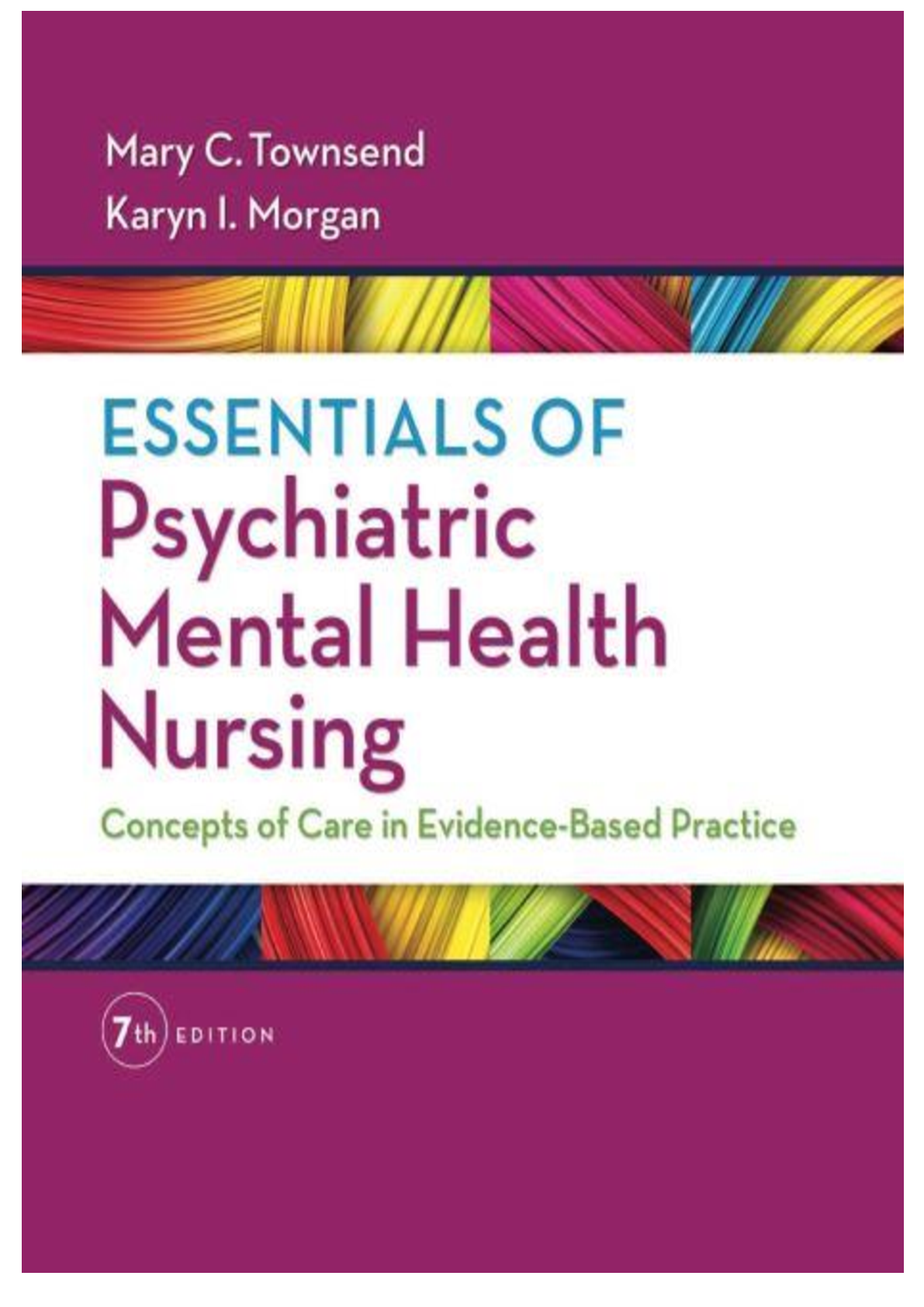
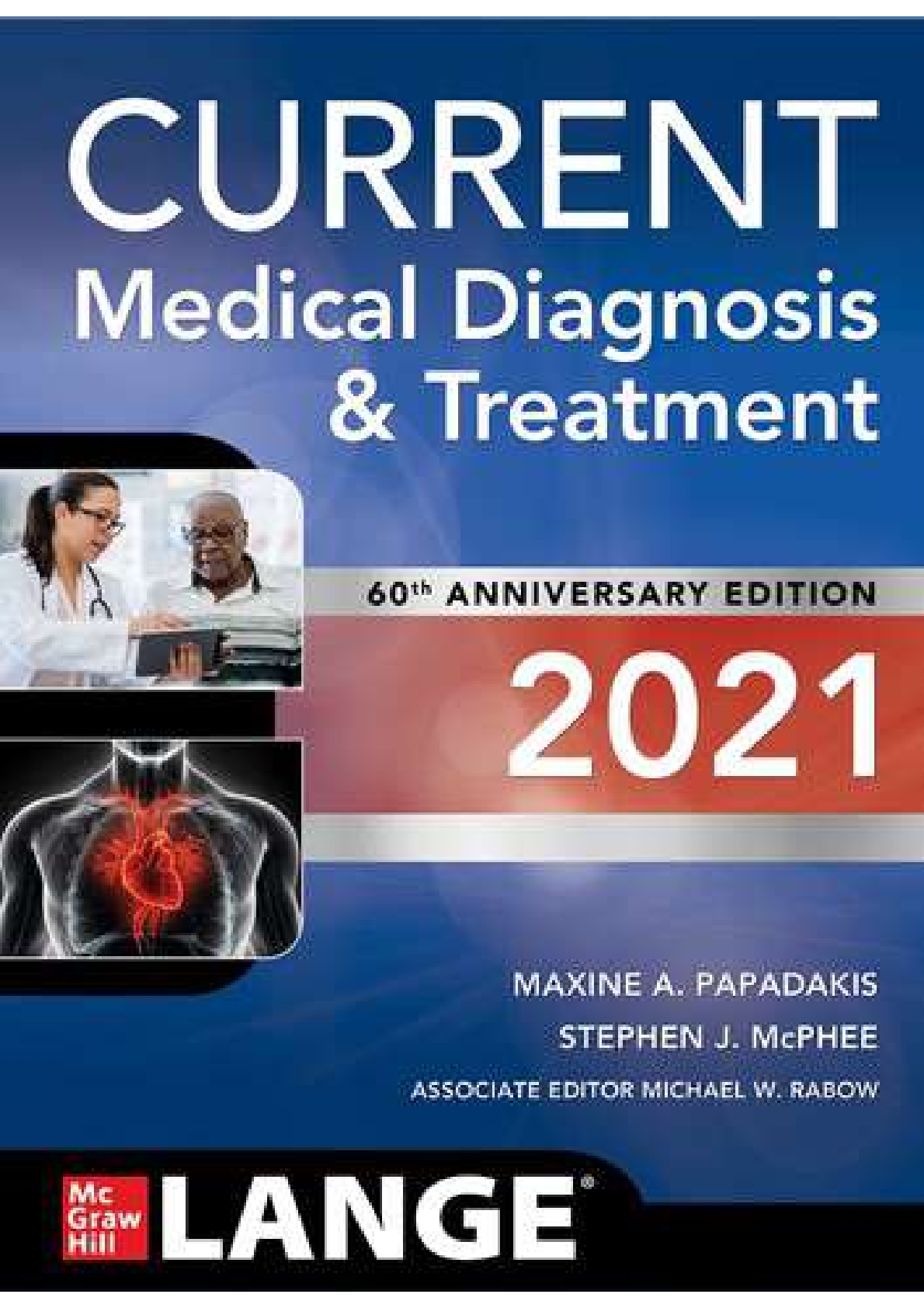


PSYCHIATRIC MENTAL HEALTH NURSING SUCCESS %0D A Q & A REVIEW APPLYING CRITICAL%0D THINKING TO TEST TAKING 3RD EDITION.png)

